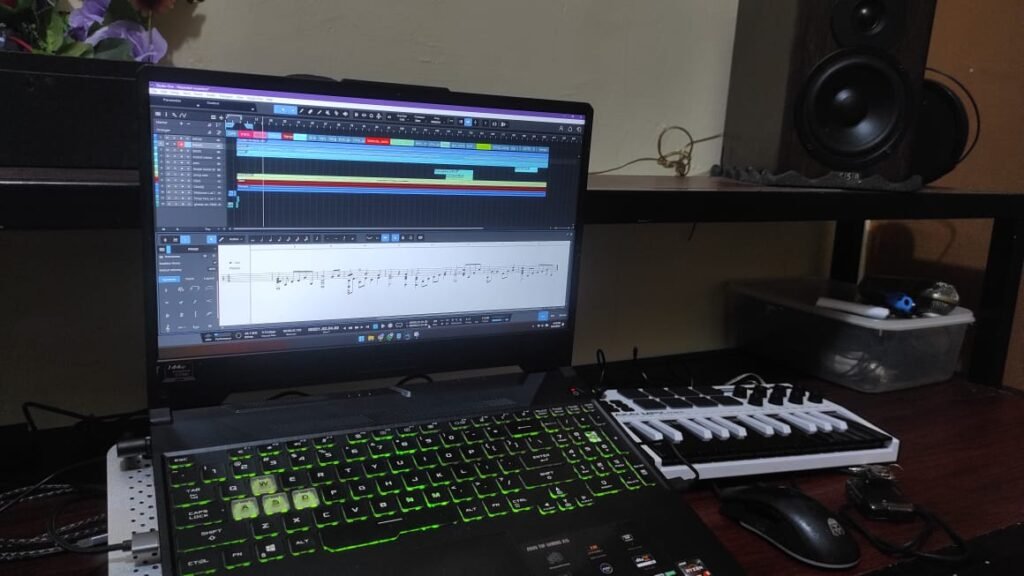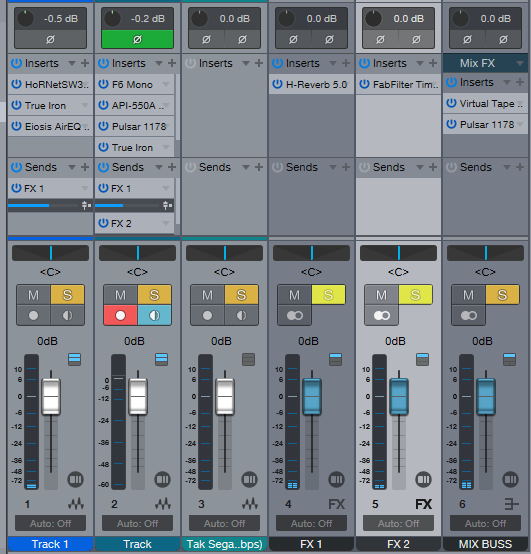As a professional composer and music enthusiast, exploring the vast landscape of Digital Audio Workstations (DAWs) is an essential part of the creative process. In the realm of music production software, Studio One stands as a beacon of innovation and excellence. Developed by PreSonus, Studio One has earned a reputation for its intuitive interface, robust feature set, and exceptional performance. Whether you’re a seasoned musician or a budding producer, Studio One offers a comprehensive suite of tools to bring your musical visions to life. In this in-depth exploration, we’ll take a closer look at Studio One, unraveling its features, functionalities, and hidden gems to help you harness its full potential.
Understanding the Foundation: An Introduction to Studio One
Studio One is a cutting-edge DAW designed to empower musicians, producers, and audio engineers with the tools they need to create, record, edit, mix, and master music with ease. Since its inception in 2009, Studio One has continually evolved, incorporating new technologies and features to stay at the forefront of the industry. One of Studio One’s defining characteristics is its single-window interface, which provides users with a unified workspace for all their production needs, eliminating the need to juggle multiple windows and menus.

Unveiling the Core Features of Studio One
1. Intuitive Workflow
Studio One’s intuitive workflow is built around the concept of simplicity and efficiency. From arranging tracks to applying effects, every aspect of the production process is designed to be intuitive and accessible. The drag-and-drop functionality allows users to effortlessly arrange and manipulate audio clips, MIDI data, and effects within the workspace.
2. Advanced Audio Editing
Studio One offers a comprehensive suite of audio editing tools, including comping, time-stretching, pitch correction, and more. Whether you’re fine-tuning a vocal performance or crafting intricate soundscapes, Studio One provides the tools you need to achieve professional-quality results.
3. Virtual Instruments and Effects
With a vast library of virtual instruments and effects plugins, Studio One provides endless possibilities for sonic exploration. From realistic emulations of analog hardware to cutting-edge synthesis techniques, Studio One’s built-in instruments and effects offer a diverse palette of sounds to inspire your creativity.
4. Mixing and Mastering Capabilities
Studio One’s mixing and mastering tools are second to none, allowing users to achieve professional-grade results with ease. From dynamic processing and EQ to spatial effects and mastering plugins, Studio One provides everything you need to polish your tracks to perfection.
5. Seamless Integration
Studio One seamlessly integrates with a wide range of hardware controllers, MIDI devices, and third-party plugins, allowing users to customize their setup to suit their specific needs. Whether you prefer to work with a traditional MIDI keyboard or a state-of-the-art control surface, Studio One offers unparalleled flexibility and compatibility.
Unlocking the Hidden Potential: Tips and Tricks for Studio One Mastery
1. Customize Your Workflow
One of the key benefits of Studio One is its flexibility and customization options. Take the time to explore Studio One’s preferences and settings to tailor the software to your specific workflow and preferences. Customize keyboard shortcuts, layout presets, and track colors to optimize your productivity and streamline your creative process.
2. Master MIDI Editing
MIDI editing is a crucial skill for electronic music producers and composers working with virtual instruments. Dive deeper into Studio One’s MIDI editing capabilities to learn advanced techniques such as quantization, velocity editing, MIDI mapping, and arpeggiation. With precise control over every aspect of your MIDI data, you can bring your musical ideas to life with unparalleled precision and expression.
3. Explore Advanced Mixing and Mastering Techniques
As you become more proficient with Studio One, experiment with advanced mixing and mastering techniques to elevate the quality of your productions. Learn how to use compression, EQ, spatial effects, and mastering plugins to achieve a professional-sounding mix that stands out in the competitive music industry.

Conclusion: Embracing the Power of Studio One
In conclusion, Studio One is a powerful and versatile music production software that offers a wealth of features and capabilities for musicians of all levels. By delving deep into its features, functionalities, and hidden gems, you can unlock the full potential of Studio One and take your music production to new heights. Whether you’re recording, editing, mixing, or mastering music, Studio One provides the tools and resources you need to unleash your creativity and bring your musical visions to life.